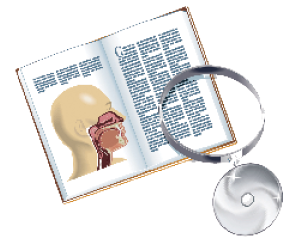Partial tonsillectomy is equivalent to total tonsillectomy for the treatment of obstructive symptoms in children; however the outcomes are not standardized and many studies are limited


Partial tonsillectomy is equivalent to total tonsillectomy for the treatment of obstructive symptoms in children; however the outcomes are not standardized and many studies are limited

Computed tomography (CT) may be a better initial choice, but a dual approach is useful for a patient who may be a candidate for cochlear implant

Cartilage grafting has comparable postoperative hearing results to traditional fascia grafting in pediatric patients, as well as improvement in long-term closure of the tympanic membrane

The role of hyoid procedures in the surgical management of SDB remains uncertain, as several reports have emerged questioning their potential benefit.

Polysomnography (PSG) has been recommended by the American Academy of Pediatrics as the gold standard for the diagnosis of obstructive sleep apnea (OSA) versus mild sleep disordered breathing (SDB) prior to tonsillectomy and adenoidectomy (T+A) in children. Mild SDB includes primary snoring and upper airway resistance syndrome. Controversy exists regarding the accuracy of history and physical exam (H+P) alone in children for the diagnosis of OSA versus mild SDB prior to T+A. Thus, PSG has been recommended to confirm the diagnosis

The clinical decision to treat or not to treat children with AOM remains controversial.